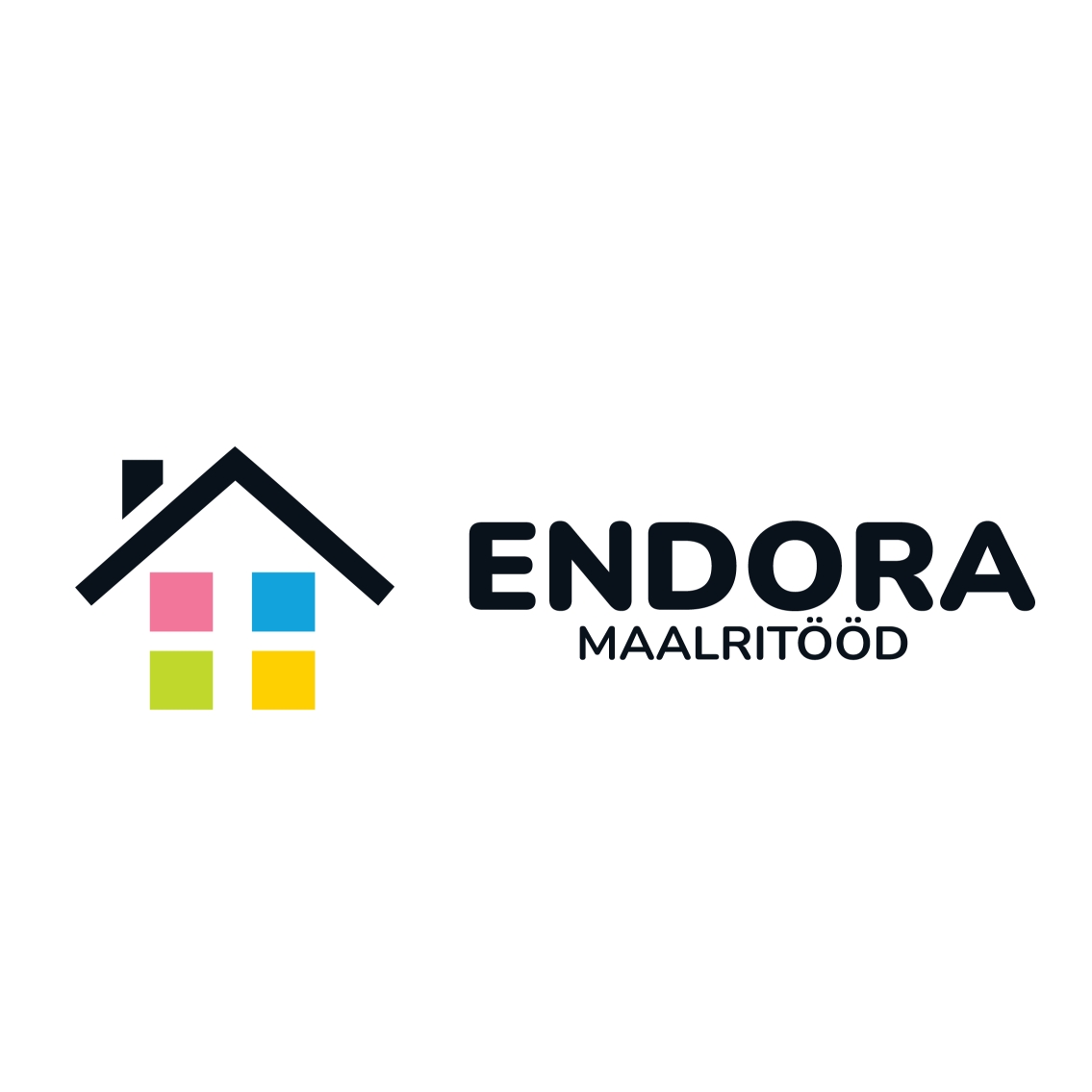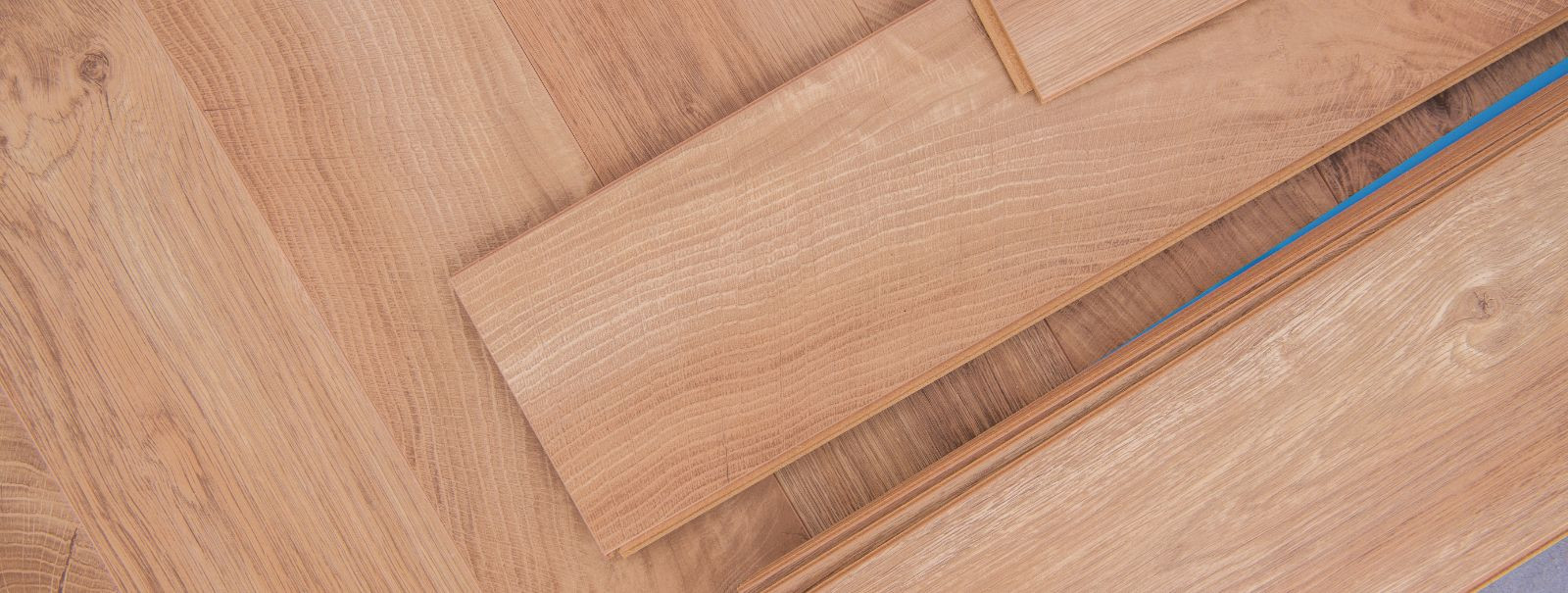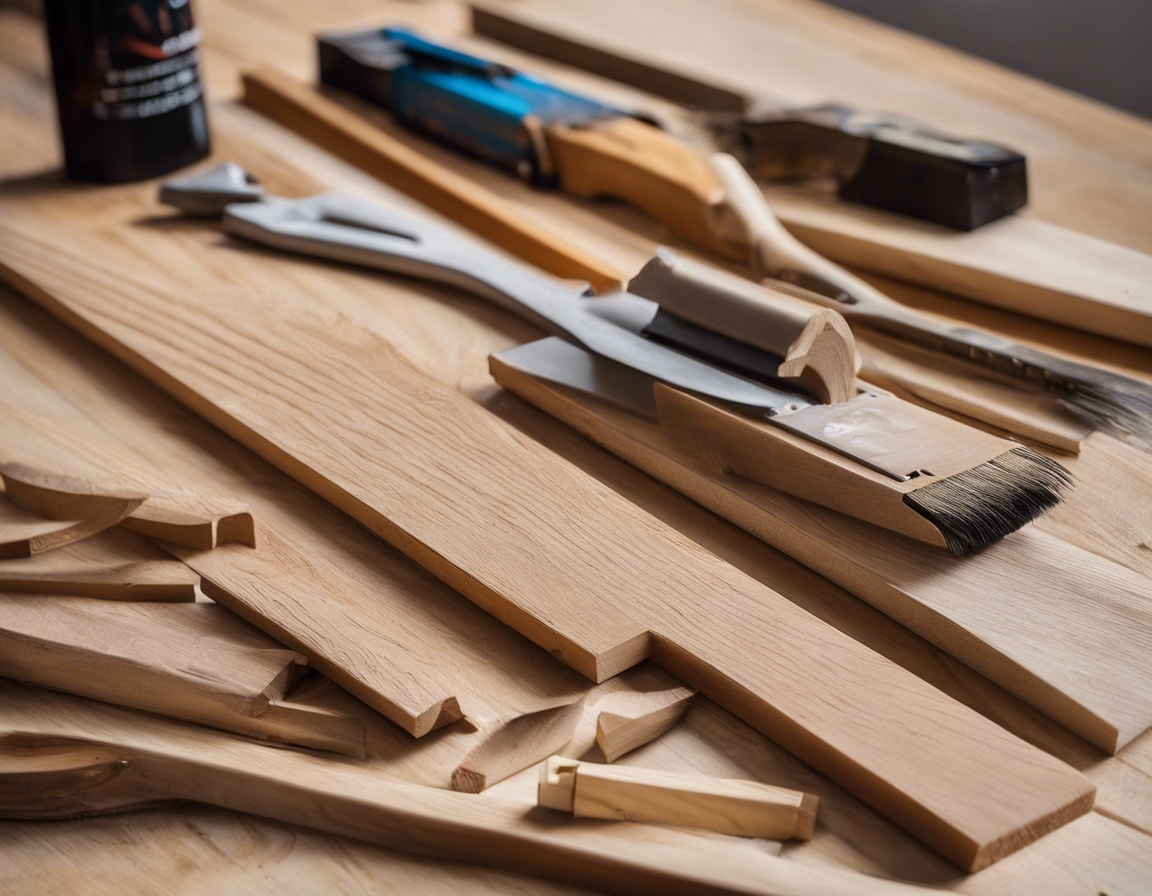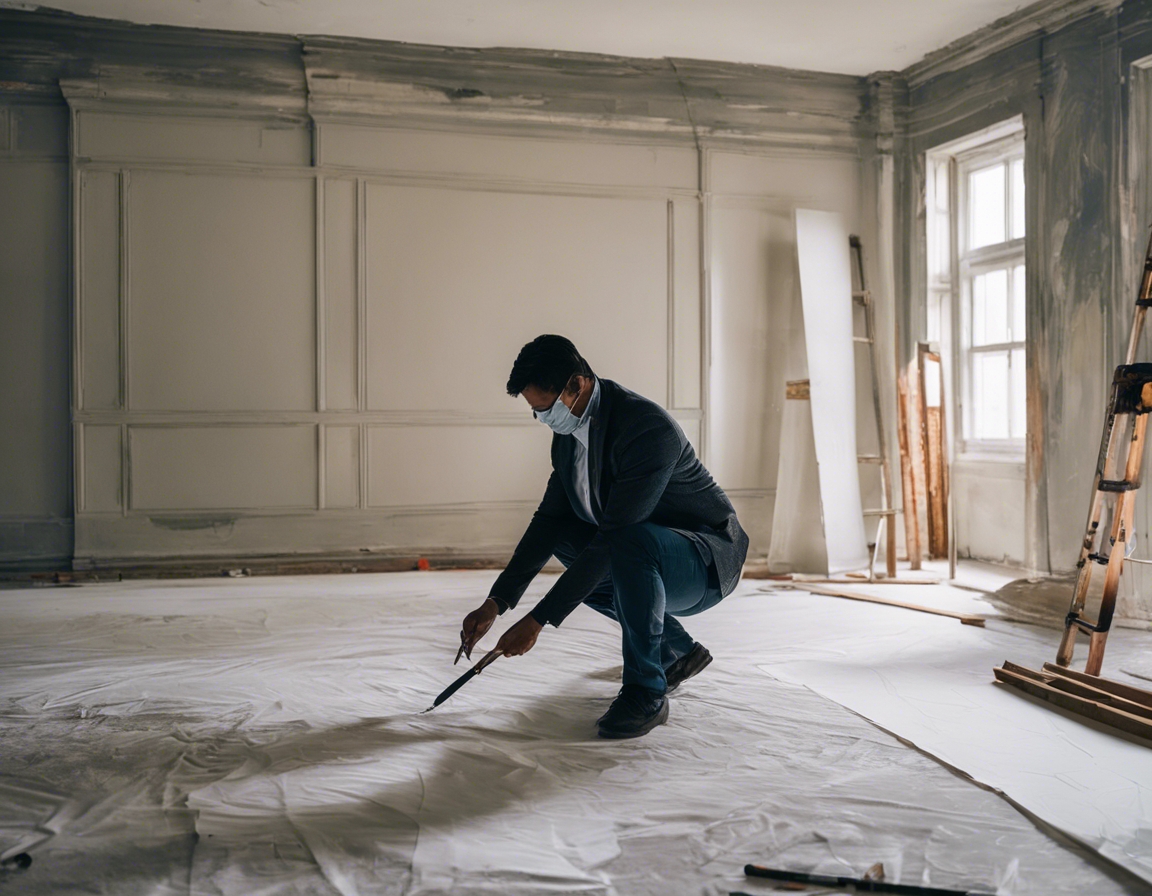Laminate vs. parquet: what's best for your home?
Choosing the right flooring for your home is a critical decision that affects both the aesthetics and functionality of your living space. The floor is the foundation of any room's design and can significantly impact the overall feel, durability, and value of your home.
Two popular flooring options that homeowners often consider are laminate and parquet. Each has its unique attributes and benefits, and understanding these can help you make an informed decision that aligns with your lifestyle and preferences.
Understanding Laminate Flooring
Laminate flooring is a synthetic product made up of multiple layers fused together through a lamination process. The core layer is typically made of high-density fiberboard, above which lies a photographic layer that mimics the look of wood, stone, or other natural materials. A clear protective layer on top provides durability and resistance to wear.
- Cost-effective: Laminate is generally less expensive than parquet and other hardwood options.
- Easy to install: Many laminate products come with click-lock designs that make DIY installation feasible.
- Durability: Laminate is resistant to scratches, dents, and fading, making it suitable for high-traffic areas.
- Variety of designs: The photographic layer allows for a wide range of styles and appearances.
- Low maintenance: Requires minimal upkeep beyond regular sweeping and occasional mopping.
- Less natural look and feel: While high-quality laminate can closely mimic real wood, it may not match the warmth and texture of natural wood.
- Moisture sensitivity: Laminate can warp or swell when exposed to water, making it unsuitable for bathrooms or basements prone to dampness.
- Difficult to repair: Damaged laminate planks are challenging to fix and often require replacement of the entire section.
- Lower resale value: Laminate may not add as much value to your home as real wood flooring.
Exploring Parquet Flooring
Parquet flooring is a type of wood flooring made from small pieces of hardwood fitted together in geometric patterns. The intricate designs and natural wood grains offer a timeless and elegant look that can enhance the aesthetic of any room.
- Unique and elegant design: Parquet's distinctive patterns create a luxurious and bespoke feel.
- Longevity: With proper care, parquet floors can last for decades.
- Refinishing potential: Unlike laminate, parquet can be sanded down and refinished multiple times to restore its appearance.
- Natural warmth: The real wood used in parquet provides a warm and inviting atmosphere.
- Added home value: High-quality parquet flooring can increase the resale value of your property.
- Higher cost: Parquet is typically more expensive than laminate, both in terms of materials and installation.
- More maintenance: Requires regular care, including sanding and refinishing over time to maintain its look.
- Sensitivity to moisture: Like other wood floors, parquet can be damaged by water and humidity.
- Complex installation: The intricate patterns of parquet flooring demand skilled installation, which can be costly.
Comparative Analysis: Laminate vs. Parquet
When it comes to durability, laminate flooring offers excellent resistance to wear and tear, making it ideal for busy households. However, parquet, with the right care, can last much longer and can be renewed through refinishing. Maintenance-wise, laminate is easier to care for on a daily basis, while parquet requires more attention to preserve its beauty.
Laminate flooring's ease of installation is a significant advantage for those looking to save on labor costs or undertake a DIY project. Parquet flooring, on the other hand, often requires professional installation due to its complex patterns and the need for precise fitting.
Cost is a crucial factor for many homeowners. Laminate flooring is the more budget-friendly option upfront, but parquet flooring can be seen as an investment that adds value to a home over time.
The aesthetic appeal of your flooring should complement your home's design. Laminate offers a wide variety of styles, but parquet provides a unique and high-end look that can be a central design feature of a room.
While laminate might not contribute as much to the resale value of a home as parquet, it can still be an attractive feature for potential buyers if it's in good condition and stylishly matches the home's decor.
For environmentally conscious homeowners, it's important to consider the sustainability of their flooring choice. Laminate flooring varies in its environmental impact depending on the manufacturing process and materials used, while parquet, especially if sourced from certified sustainable forests, can be a more eco-friendly option.
Factors to Consider When Choosing Flooring
The function of the room and the amount of foot traffic it receives are important considerations. High-traffic areas may benefit from the durability of laminate, whereas parquet can add elegance to spaces like living rooms and dining areas.
Rooms with high moisture levels or fluctuations in humidity are not ideal for either laminate or parquet. However, there are water-resistant laminate options available for such environments.
Your personal style and the existing decor of your home should guide your choice. Laminate can adapt to many styles, while parquet can serve as a statement piece in your interior design.
Finally, your budget will play a significant role in your decision. Laminate is a cost-effective solution that doesn't compromise on style, whereas parquet is a higher-end option that requires a larger initial investment.






Comments (0)